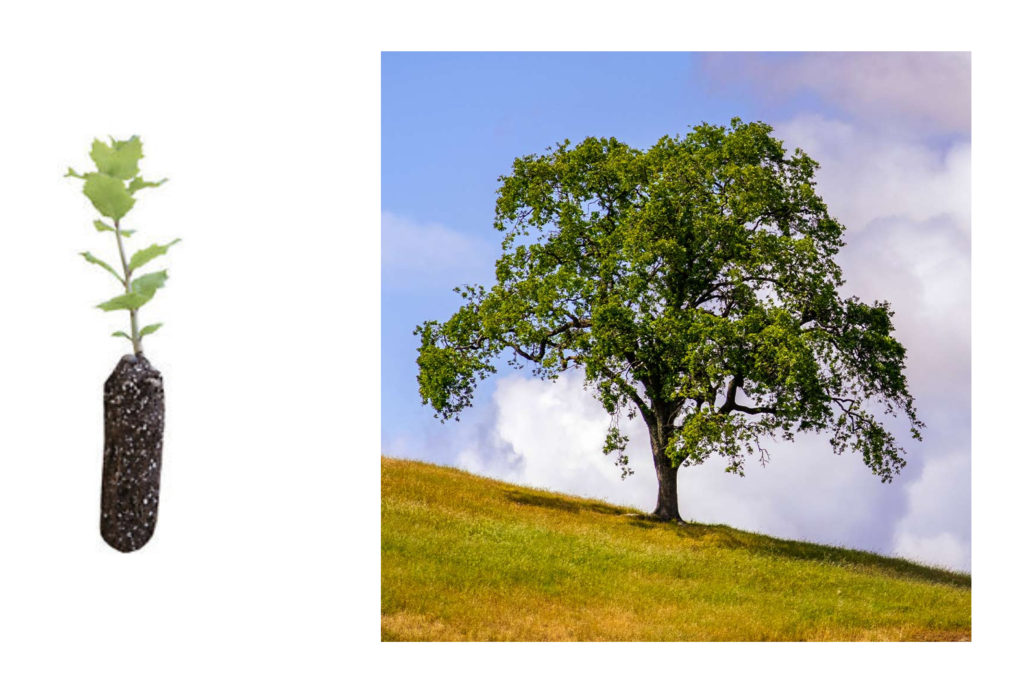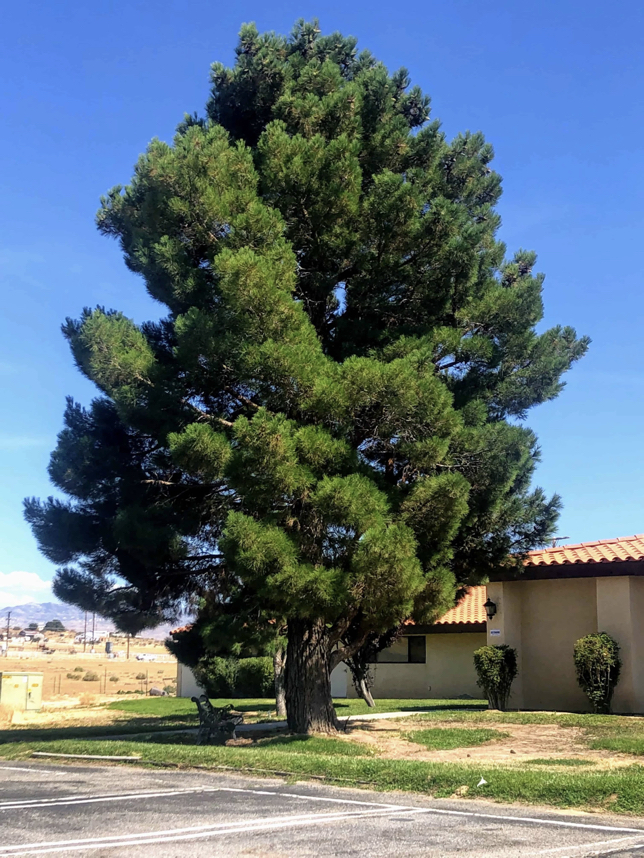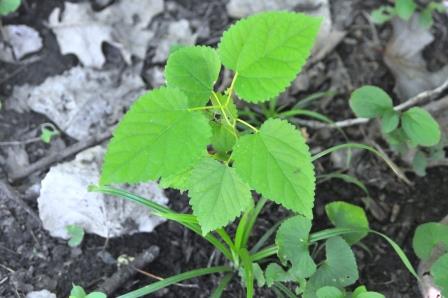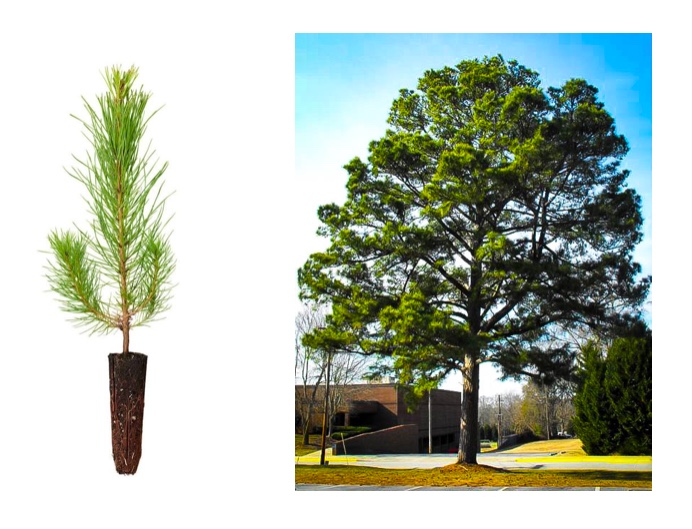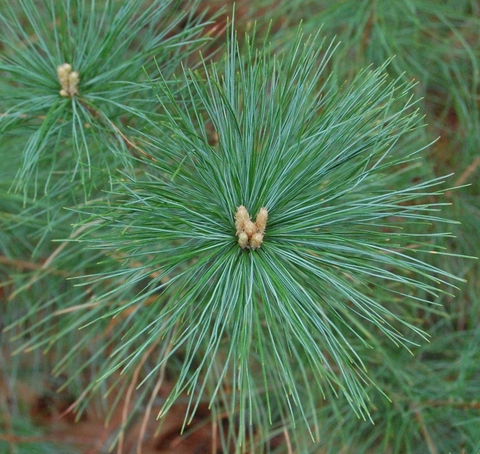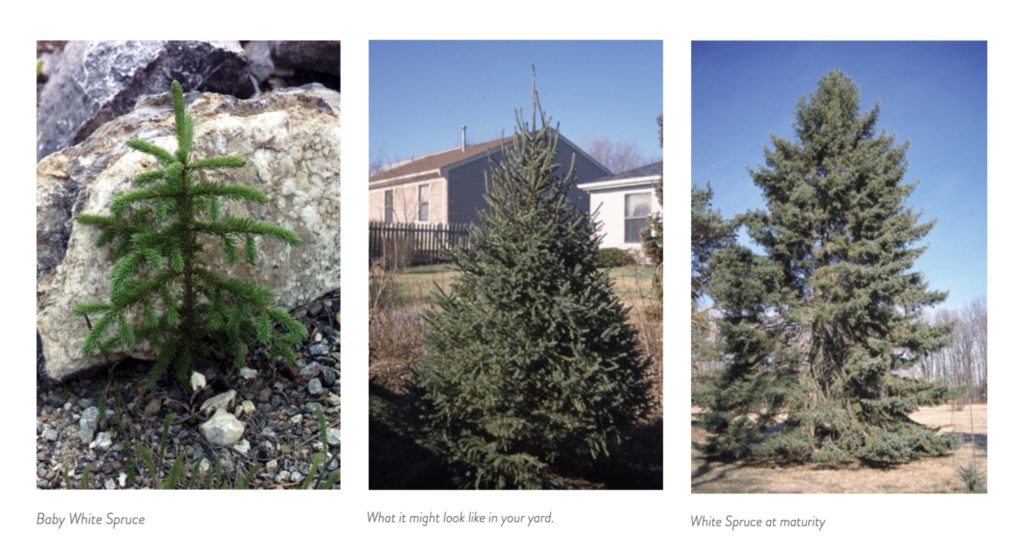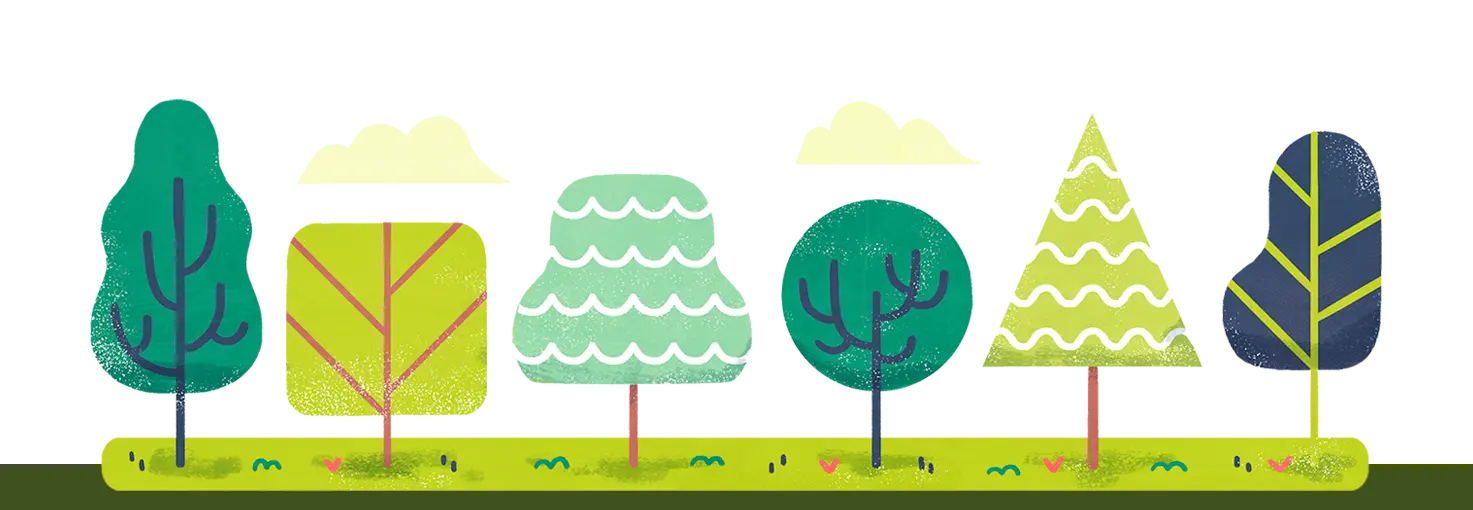April 12, 2021
Dear Grandparents, Parents, Guardians, Teachers, Volunteers, Coordinators, Students, and Children,
Your trees are coming soon – sometime next week (hopefully before or on Earth Day – April 22nd)! Your school, library, or youth group leader will be in touch with you.
This message contains important information about your new tree, including planting instructions and species information.
First, I want you to know that you are one of 18,500 people that will be planting trees for Earth Week. You are part of one of the largest coordinated, volunteer, urban / residential tree planting projects in America!
This year has been special for us. In late February, our program went viral among librarians. We had a 20x surge in interest in our program from last year and a record 3x growth in the number of trees we are giving away.
We are thrilled that you are participating!
We would love for you to share a photo of your newly planted tree with your child(ren) on our Facebook page (or you can email us directly). We love collecting “then and nows” of the kids with their trees.
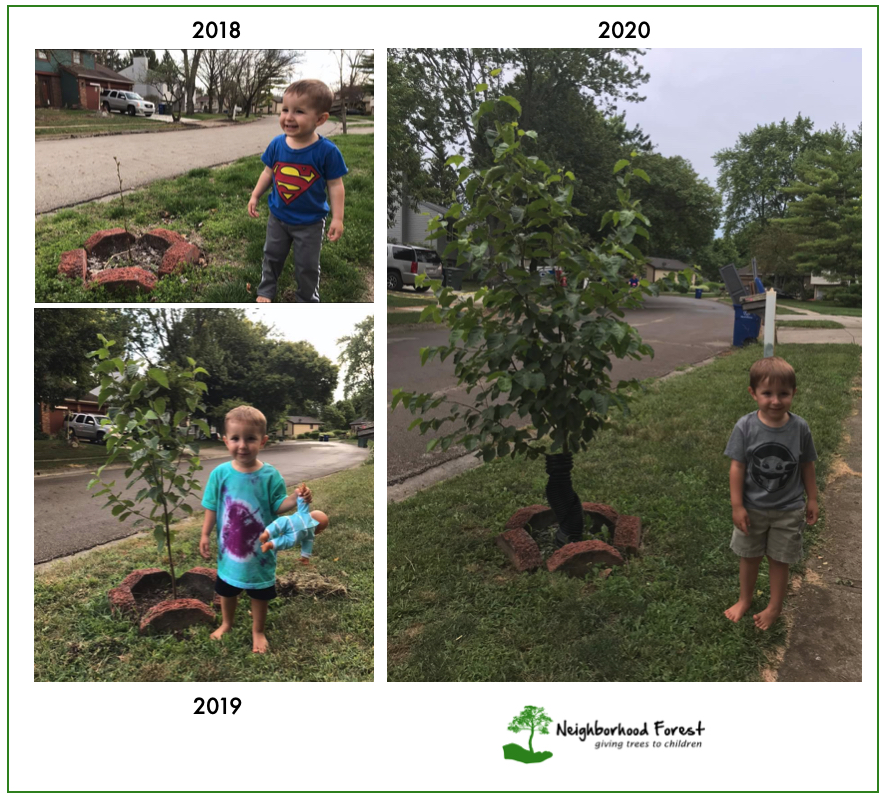
Our program is funded by a growing community of generous sponsors.
If you or someone you know would like to be a sponsor of our program, please let us know.
Since we had such an unexpected increase in demand for trees, we found ourselves in a bit of a funding gap. One of our friends decided to help us by starting this lovely GoFundMe campaign.
Check out her cool video and song, “I Love Trees!”
If you know anyone who might like to contribute to our program, feel free to spread the word!
We are giving away 7 different species of trees in 35 states this year:
Coast Live Oak
(California)
Eldarica Pine
(New Mexico and Texas)
Hackberry
(Iowa, Kansas, Kentucky, Missouri, parts of Minnesota, Nebraska, Ohio, Tennessee)
Loblolly Pine
(Alabama, Florida, Georgia, Louisiana, parts of North Carolina, South Carolina)
Virginia Pine
(Parts of North Carolina, Virginia)
White Pine
(Connecticut, Massachusetts, parts of Minnesota, New Jersey, New York, Pennsylvania, Rhode Island)
White Spruce
(Illinois, Indiana, Maine, Michigan, Montana, New Hampshire, Oregon, Vermont, Washington, Wisconsin, Wyoming)
These are all beautiful trees!
Please click here to learn more about your tree.
Please click here to see planting instructions for both evergreen and deciduous variety.
Some key points to keep in mind:
1) Keep your tree in a cool, dark place (refrigerated for those in northern states) until you plant it
2) Protect your newly planted tree from wildlife and lawnmowers with a little fence and netting
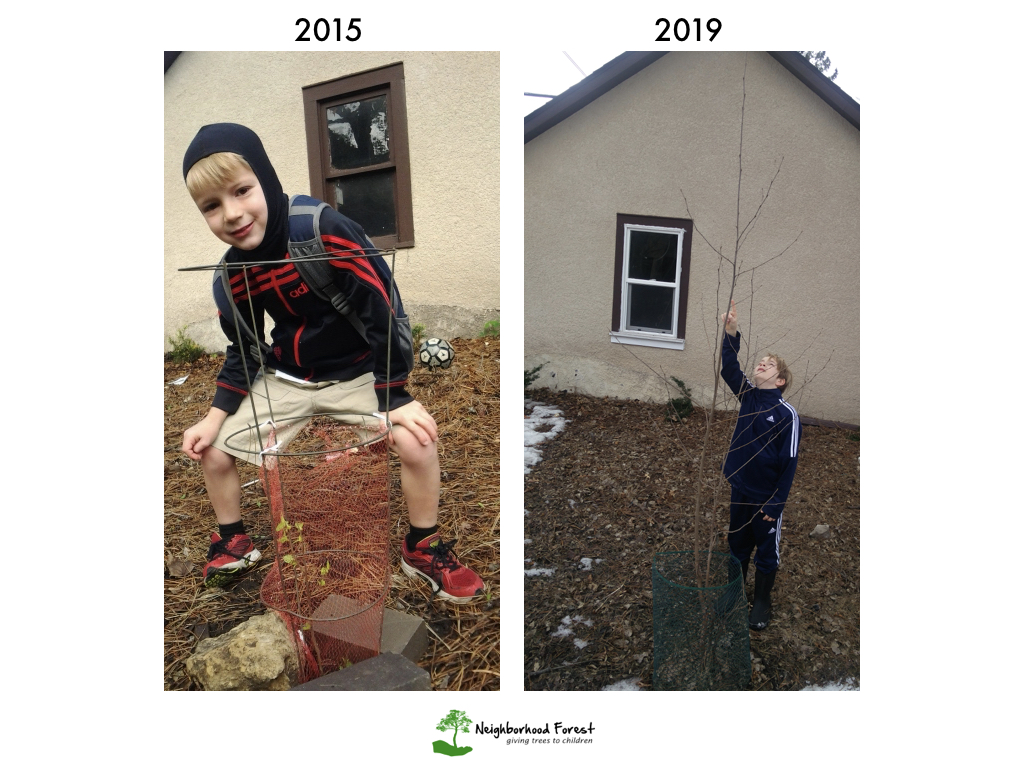
3) Put some mulch around it
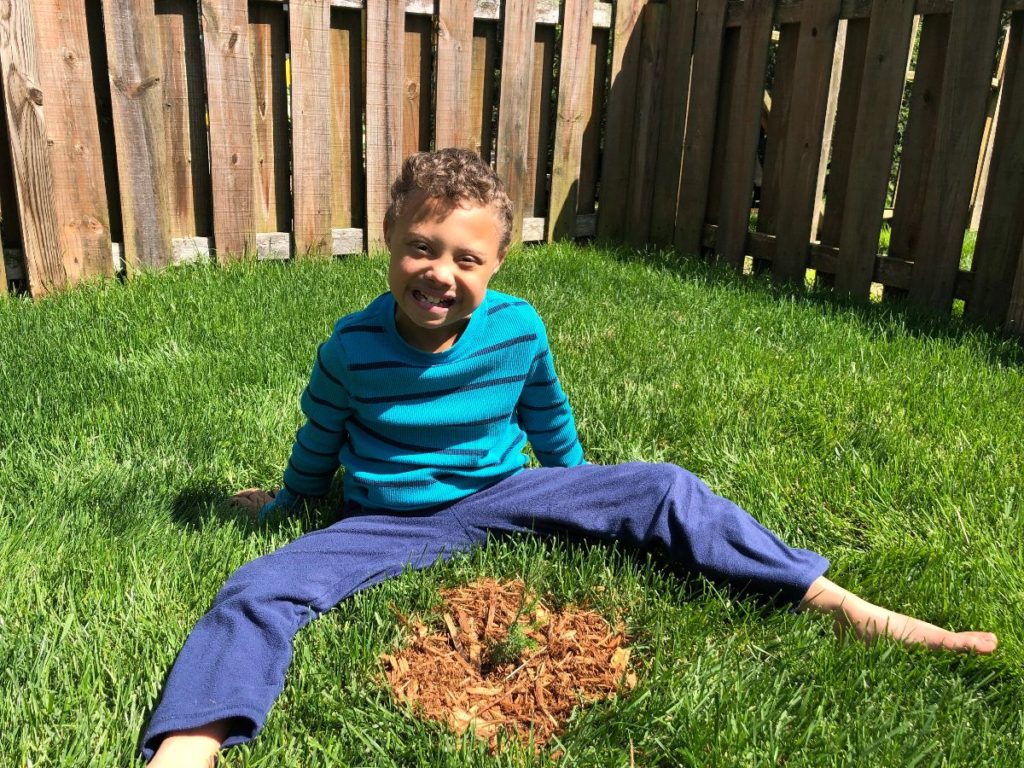
4) Water generously or in accordance with recommendations for your particular tree species
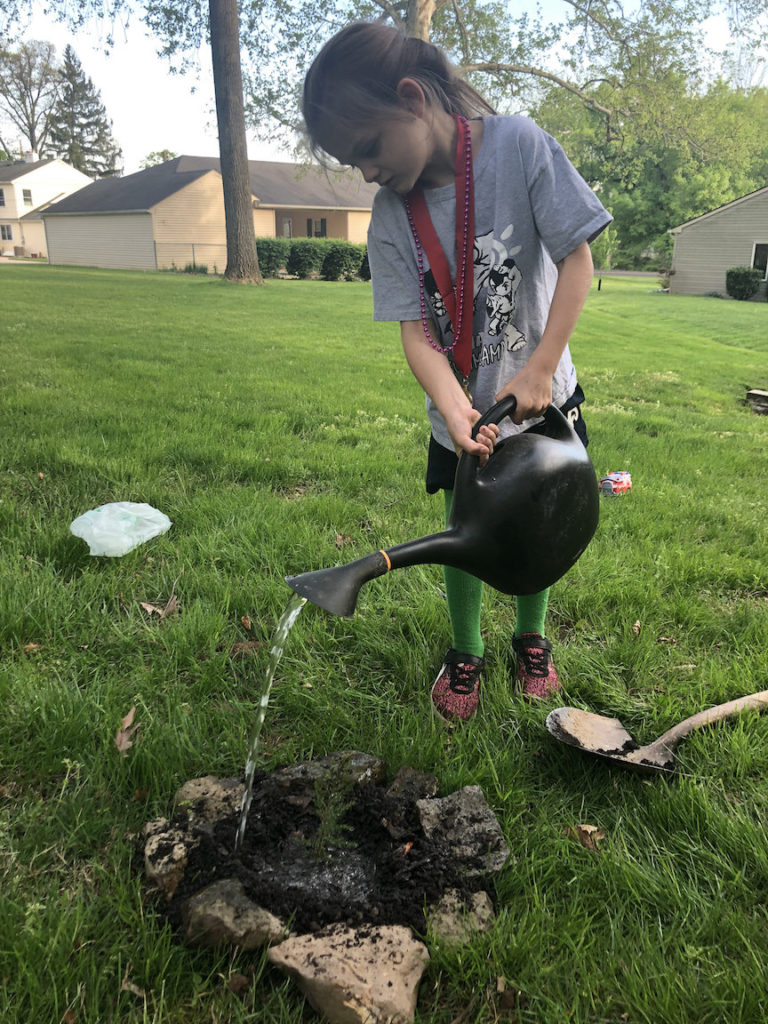
5) Please take a picture of your child(ren) with your newly planted tree (and share on our Facebook page, if you are comfortable) – watching your tree and kids grow together is a magical joy!
Finally, I want to say that these trees are small and vulnerable. Not all of them survive and that is Ok. It is a part of life and a part of the tree planting process. We do our part and then we have to leave the rest to Mother Nature. A lost tree seedling might break your child’s heart and there is a great lesson in this too. We mustn’t give up! We will keep sending you trees each year and we will keep on planting them.
I had to plant many trees before this one finally made it and reached maturity!
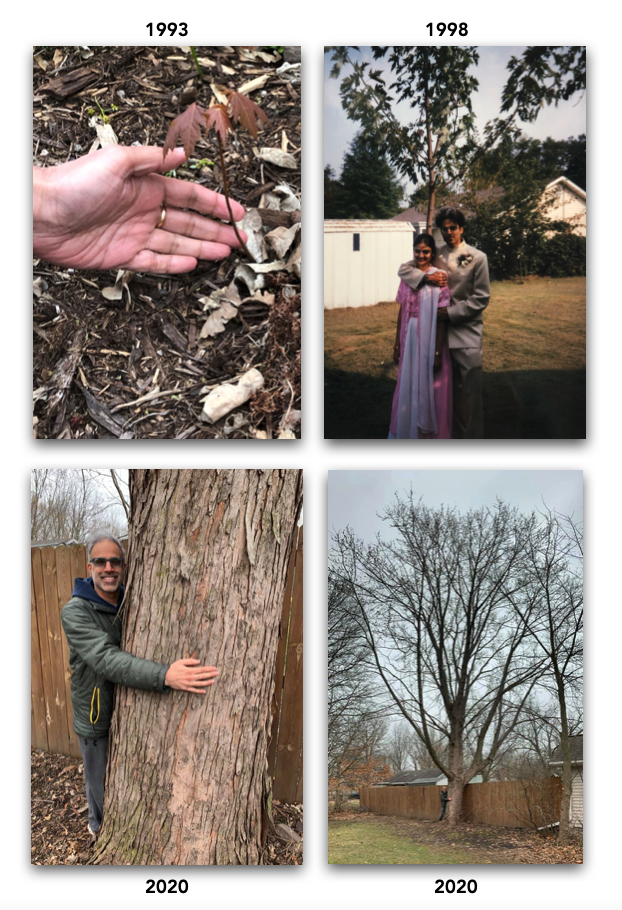
One of my favorite lessons around this is from Tyler Perry. He has great wisdom, which not only relates to planting trees but all aspects of life.
Thank you, again, for participating in Neighborhood Forest’s 12th annual free tree giveaway. We are excited to see all the smiling faces with their little trees!
Happy Earth Day, Happy Arbor Day, Happy Earth Week, and Happy Spring!
Warmly,
Vikas
____________________________
Vikas Narula
Founder
Neighborhood Forest
5244 Zenith Ave. South
Minneapolis, MN 55410
www.neighborhoodforest.org


